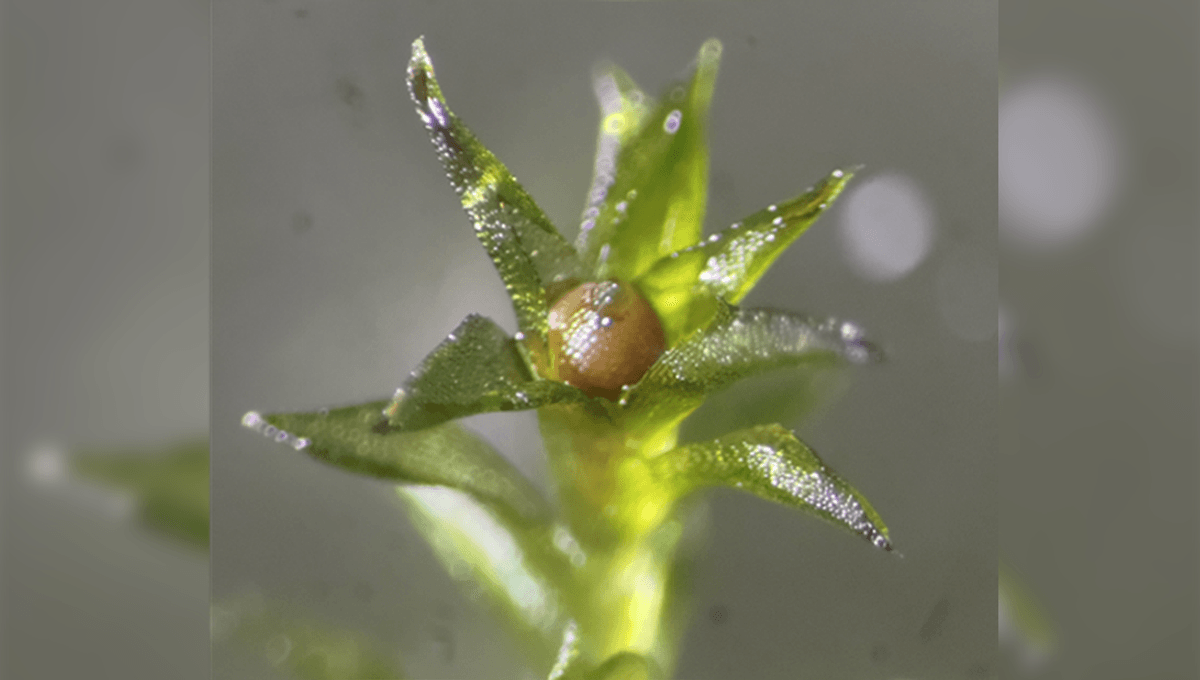-
Noticias Feed
- EXPLORE
-
Páginas
-
Blogs
-
Foros
“We Were Genuinely Astonished”: Moss Spores Survive 9 Months In Space Before Successfully Reproducing Back On Earth

“We Were Genuinely Astonished”: Moss Spores Survive 9 Months In Space Before Successfully Reproducing Back On Earth
Moss spores have reproduced after nine months on the International Space Station (ISS), an announcement that sounds more impressive when you learn they were on the outside, exposed directly to the perils of space. Although single-celled organisms have demonstrated the same capacity previously, this is the first time a land plant has shown such powers of survival.
The rest of this article is behind a paywall. Please sign in or subscribe to access the full content. If humanity is to go beyond our birth planet, we’re going to want to take a lot of lifeforms with us. Yet space is hazardous for species that evolved under the comforting protection of an atmosphere. On our journeys, we may cocoon our companions in the same metal walls we keep ourselves inside, but those hoping for new homes on Mars or beyond will need something that can survive space-like conditions on arrival. Long before there were trees or even ferns, tiny moss forests dominated the land. If they could serve as terrestrial pioneers, perhaps they could do the same on other worlds. Professor Tomomichi Fujita of Hokkaido University and colleagues exposed spreading earthmoss (Physcomitrium patens) spores to some of the major dangers of space in the lab. Having survived extremes of temperature, UV radiation, and a vacuum, the team had their hardy subject face the real thing, having astronauts on the ISS attach earthmoss spores to the outside of the station for 283 days. “Most living organisms, including humans, cannot survive even briefly in the vacuum of space,” Fujita said in a statement. “However, the moss spores retained their vitality after nine months of direct exposure. This provides striking evidence that the life that has evolved on Earth possesses, at the cellular level, intrinsic mechanisms to endure the conditions of space.” Fujita was inspired to run the experiment by moss’s capacity to survive where almost nothing else can, including high in the Himalayas and Antarctica. Transporting even small samples to the ISS is so expensive that the team first narrowed the task by testing juvenile moss and brood cells the plant produces under stress, as well as sporophytes (encapsulated spores). They found that while sporophytes can survive everything space has to throw at them (at least inside the Van Allen belts), going through the entire life-cycle is far more challenging. UV radiation equivalent to that received in space was sufficient to kill all of the juvenile moss; some of the temperatures the team tried were also lethal. Brood cells did better, but UV alone killed 70 percent of them. “We anticipated that the combined stresses of space, including vacuum, cosmic radiation, extreme temperature fluctuations, and microgravity, would cause far greater damage than any single stress alone,” Fujita said. However, with the spores having beaten everything from temperatures of -196°C (-321°F) and 55°C (131°F), and 10,000 joules per square meter UV, they were judged worthy of the final test. “We expected almost zero survival, but the result was the opposite: most of the spores survived,” Fujita said. Indeed, 86 percent of the spores sent to space germinated, which rose to 97 percent of those that had been shielded from the UV, but not the other conditions. “We were genuinely astonished by the extraordinary durability of these tiny plant cells.” If only it could talk, this patch of moss would have an amazing story to tell others of its kind, the spores that sprouted it having been to space and back. Image Credit: Dr. Chang-hyun Maeng and Maika Kobayashi However, the team acknowledged they only tested for the capacity to sprout, not if there were any long-term consequences of the journey. Based on the survival rate observed, the team estimates enough spores would survive around 15 years in space to establish a moss garden at a new home, although they stress this is a preliminary estimate. The more significant challenge, however, before earthmoss can spread to Mars, will be conditions on arrival. It’s one thing to flourish on returning to their original home, another to grow somewhere like Mars, where some of the same dangers await, and the soils may yet prove toxic. Nevertheless, Fujita said, “Ultimately, we hope this work opens a new frontier toward constructing ecosystems in extraterrestrial environments such as the Moon and Mars.” Some previous studies have shown a different moss species’ sporophytes can survive shorter periods of individual Mars-like challenges. Future lunar moss might have a touching reunion with the tardigrades – sometimes known as “moss piglets” for their favored home – left there by a private mission in 2019. The team attributes the spores’ success to the structure moss builds around them, which, among other things, absorbs the UV radiation. They suspect this is a legacy of the time when mosses made it out of the water 500 million years ago to become the first land-dwelling organisms. Future Mars adventurers no doubt hope later-emerging types of plants, famously including potatoes, will prove similarly resilient. If not, let’s hope they like the Icelandic delicacy of moss soup. The study is published in iScience.


